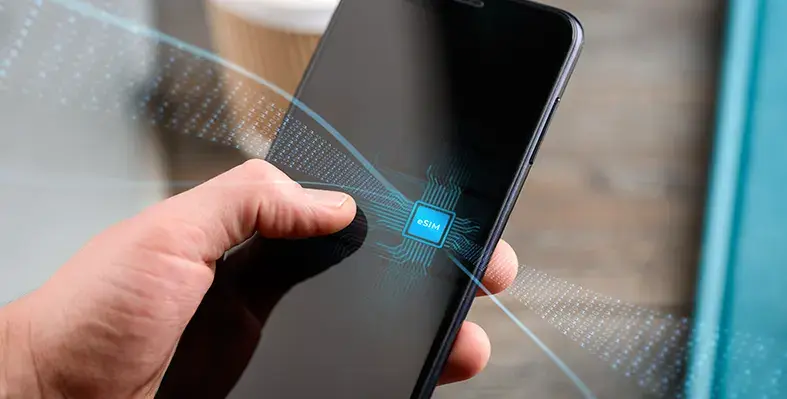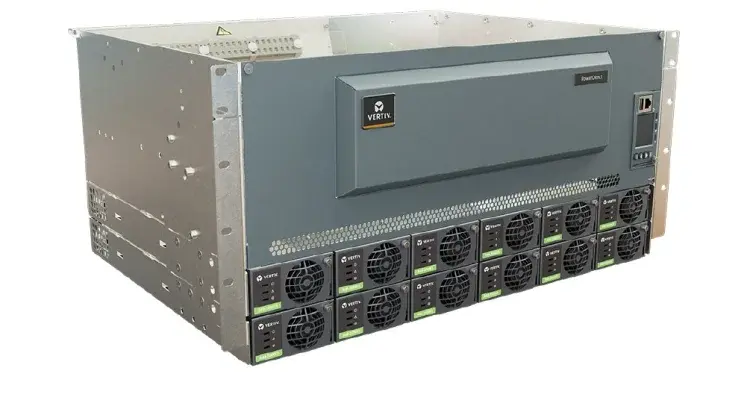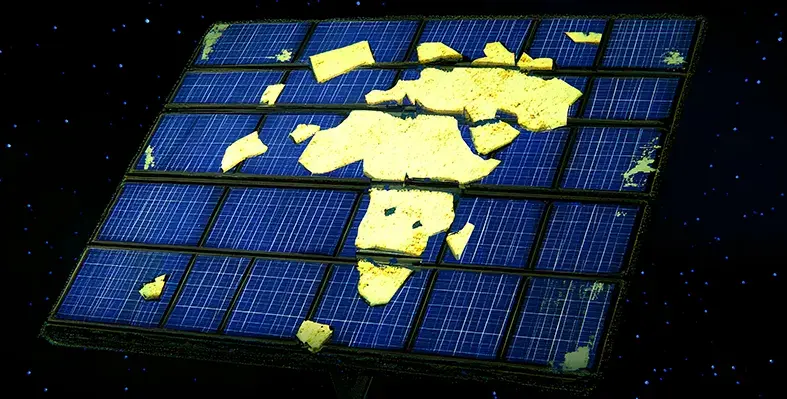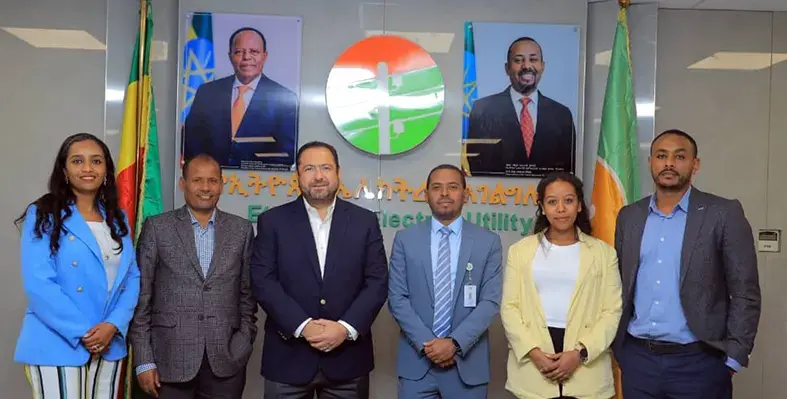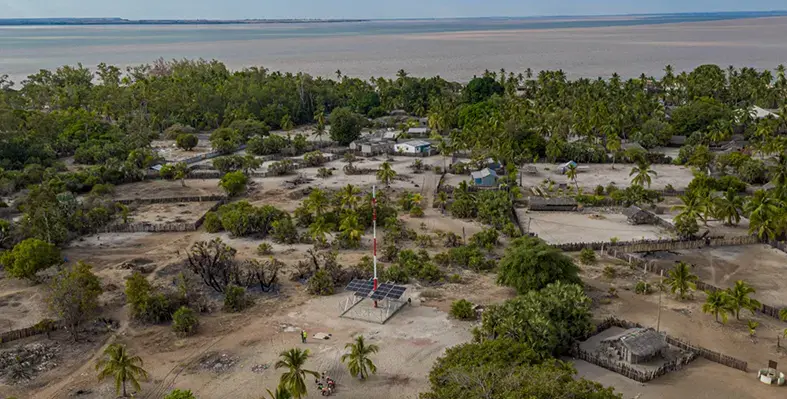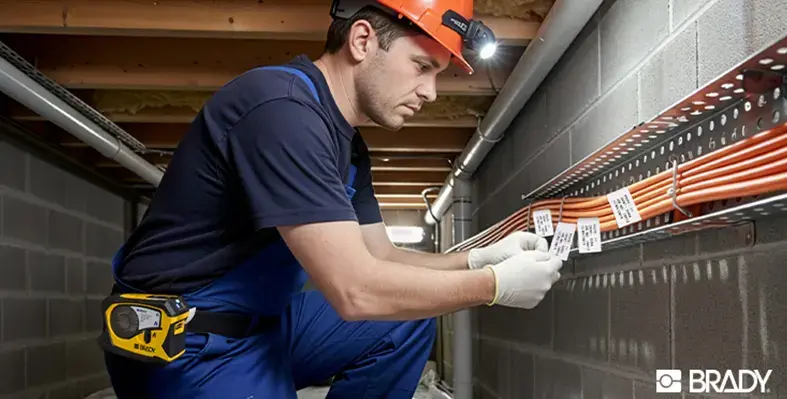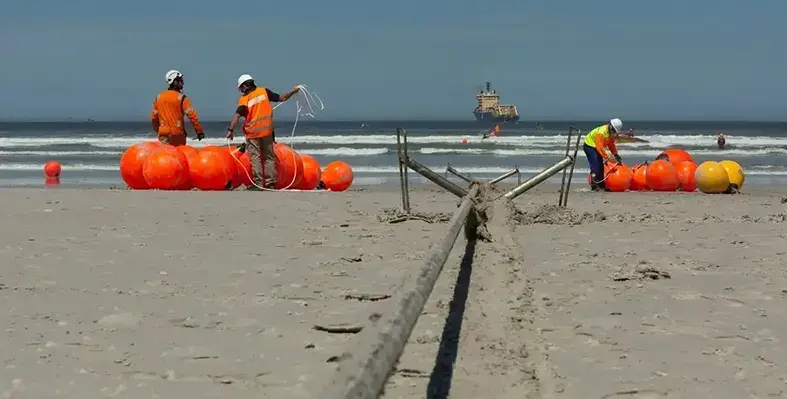5G has the potential to become a great enabler, transforming communities and their capabilities, according to Henrique Vale, head of Nokia Software for MEA at Nokia
The 5G networks that stand at the edge of deployment demand artificial intelligence. They fuel and empower it. Their potential is so much greater than the previous generation of the network that they are set to drive AI capability into every aspect of society. With AI-powered insights, tools, and technology, communities can change the goalposts of education, improve services, and transform conservation.
“In South Africa, we are facing a multitude of challenges when it comes to empowering individuals and communities,” he said.
“There is a need to provide quality education to all South Africans, in all areas, and to capture learner attention through the development of immersive education experiences. In many areas, learner aids are not always available, and many children have limited access to supplies and textbooks,” he added.
This is where 5G and AI can fundamentally shift how children in South Africa learn. As networks expand and access improves, children can access remote and enhanced teacher training through the use of online tools and platforms. They can catch up when they are absent, they can access education on-demand, and they aren’t left behind those in the cities as a result of limited textbooks.
This idealistic view of education remains in the future, with the infrastructure yet to be developed. That said, while many areas remain unconnected, it is not as far ahead as many may think.
“Already, virtual reality (VR) education solutions are entering the market. These provide a more effective and focused learning experience and can effectively train both teachers and students. Imagine the potential – these tools could educate teachers across Africa, even in the most remote areas,” Vale noted.
VR can be used to train teachers and students, can enhance the learning experience with visually immersive aids that shift how children engage with learning materials, and it can be interactive. It is also not the only way in which 5G and AI can be used to address challenges that affect Africa. Another ongoing issue is conservation. Poaching remains an ever-present threat, affecting not just rhinos but elephants, lion, and the pangolin. It is decimating species and putting incredible strain on resources and government.
“The challenge is to find a way of protecting nature reserve fences to prevent poaching while simultaneously allowing for early detection of anomalies to ensure fast response times. This could be further enhanced by detecting animals that are close to fences for a proactive approach and by eliminating the blind spots that are inherent with CCTV solutions,” Vale explained.
What could be used to mitigate the impact of poaching is high-definition 360-degree cameras with no blind spots and the ability to use pattern recognition, AI and facial recognition to alert users to any abnormalities. This can then be combined with tracking software to monitor the movement of intruders – only streaming video and data when specific anomalies are detected. This type of solution can be further extended into protecting communities where there are high incidences of crime.
“This level of monitoring and protection isn’t in the distant future either, we have already implemented a demo solution at the Rietvlei Nature Reserve. The cameras upload data via LTE, and their feeds are activated when activity is detected, so there is no continuous streaming of video. The operators are then alerted via an alarm to assess the feed and take appropriate action. Already this solution is changing how the reserve manages its wildlife population, and there is potential for us to do so much more across community and conservation,” he concluded.








